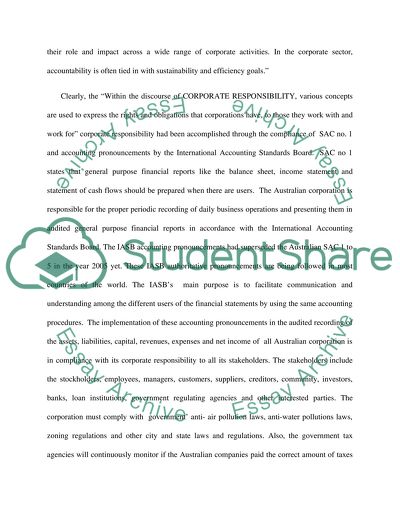Cite this document
(“Australian Accounting Philosophies and Theories Essay”, n.d.)
Australian Accounting Philosophies and Theories Essay. Retrieved from https://studentshare.org/finance-accounting/1521261-australian-accounting-philosophies-and-theories
Australian Accounting Philosophies and Theories Essay. Retrieved from https://studentshare.org/finance-accounting/1521261-australian-accounting-philosophies-and-theories
(Australian Accounting Philosophies and Theories Essay)
Australian Accounting Philosophies and Theories Essay. https://studentshare.org/finance-accounting/1521261-australian-accounting-philosophies-and-theories.
Australian Accounting Philosophies and Theories Essay. https://studentshare.org/finance-accounting/1521261-australian-accounting-philosophies-and-theories.
“Australian Accounting Philosophies and Theories Essay”, n.d. https://studentshare.org/finance-accounting/1521261-australian-accounting-philosophies-and-theories.


